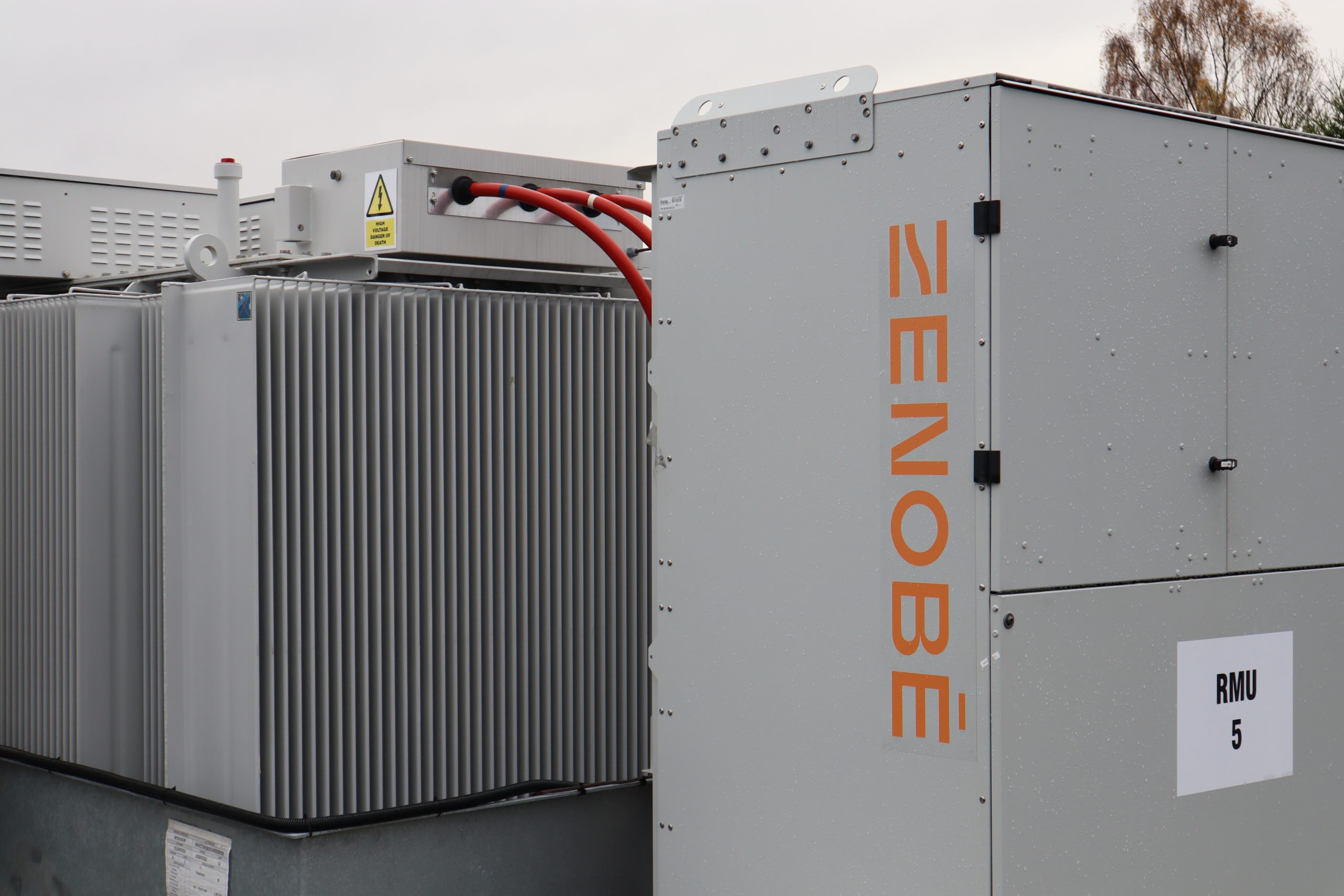IMPORTant Signals – How to value battery storage under a Reformed National Market through TNUoS charging

12th August 2025
By Georgina Morris-Rowbottom, Public Affairs and Policy Lead
The decision is in: Britain will keep a single national electricity market instead of splitting into regional zones. Instead of redrawing the map, the Government will reform the existing system from within. So, what’s next? Later this year, the Department for Energy Security and Net Zero (DESNZ) will publish a Reformed National Market Action Plan and Ofgem has started exploring how to make the grid work more efficiently through network charging and central planning.
A key part of this reform is transmission charges, known as TNUoS. These charges are meant to guide where energy projects – like wind farms, batteries, and data centres – are built. Even with reform, there’s speculation from zonal supporters that these changes will not address system inefficiencies and deliver the consumer savings needed.
One area Ofgem is rightly focusing on is how to encourage storage projects, like batteries, to set up in the right places – such as Scotland, where they can store surplus wind power.
Zenobē welcomes this thinking, but the planned timeline, stretching to 2029, feels far too slow. The battery industry has already deployed 6GW of capacity without subsidies. We just need the rules to catch up so projects can be built in the right places to relieve network issues.
In this article, we set out our view on how these locational signals can be delivered faster and more effectively, unlocking the full potential of storage to support a cheaper, cleaner and more flexible grid.
Ofgem’s rejection of CMP393: a missed opportunity to align network charging with Clean Power goals
At the moment, regulations treat batteries like fossil fuel generators. Network charges recognise that storage exports electrons onto the network but ignore its ability to absorb and store them. In June 2022, Zenobē put forward ‘Code Modification Proposal 393: Using Imports and Exports to Calculate Annual Load Factor for Electricity Storage’ or ‘CMP393’, which called for transmission charging rules to reflect storage’s ability to import, as well as export. The proposal specifically targeted the mismatch between current charging rules and the critical role storage plays in managing periods of high renewable generation.
Ofgem rejected CMP393, even though most of the industry supported it. Their reasoning? The change might look like a subsidy for batteries. The result is that current charges make storage projects more expensive, especially in Scotland, discouraging investment in infrastructure that’s essential for an affordable, decarbonised grid.
Fast forward to Summer 2025 – with the Government’s latest REMA update and Ofgem’s own Open Letter on network charging reform, it is time for a rethink.
Batteries are not asking for subsidies – just fairness
Let’s be clear: batteries do not need subsidies and introducing one to incentivise storage deployment near generation would only add another levy to consumer bills – making it a strategic misstep for DESNZ. Instead, energy storage needs a charging regime that reflects the real value they provide to the system.
Right now, TNUoS imposes charges on batteries when they import electricity as if they were large industrial users consuming power for production. But batteries are not consumers – they’re enablers. They take power when it’s plentiful (and often cheap or even negatively priced) then inject it back into the system when it’s needed. This is not only economically efficient, it also reduces system stress, supports renewables and can displace fossil generation.
By charging batteries for importing electricity, the current rules discourage the very behaviour that supports a clean, affordable, flexible energy system.
A Regime at odds with reform
They say hindsight’s 20/20, but what makes Ofgem’s rejection of CMP393 particularly disappointing is that it was misaligned with the direction of travel – then, but even more so now.
Ofgem’s July 2025 Open Letter rightly highlights that “…batteries and data centres could be rewarded for locating in Scotland (where they can soak up excess wind power) rather than in the south of England.”
But how can we expect batteries to locate optimally if network charges disincentivise them from doing this? If locational signals are to work, network charging must reward, not penalise, batteries that locate near generation and act as flexible demand. Otherwise, we risk undermining the very locational signals that both the Government and Ofgem are trying to strengthen.
The political optics matter – and a General Election doesn’t wait for TNUoS reform in 2029
We can’t ignore the political backdrop. Anything that appears to raise consumer bills will face public pushback. The reality is that batteries lower costs – and in Scotland they reduce payments needed to turn down wind farms when the grid is constrained. If they are portrayed as needing “special treatment” or subsidies, it plays into the hands of groups who oppose them – some of whom have pledged to ban battery projects outright.
That’s why it’s vital to focus on fair treatment through charging reform, not subsidies.
It’s not too late to change course.
